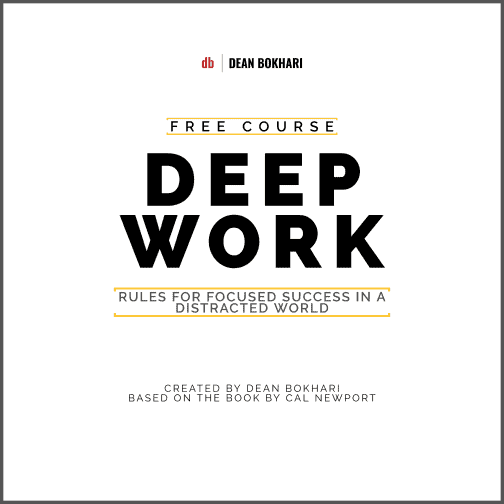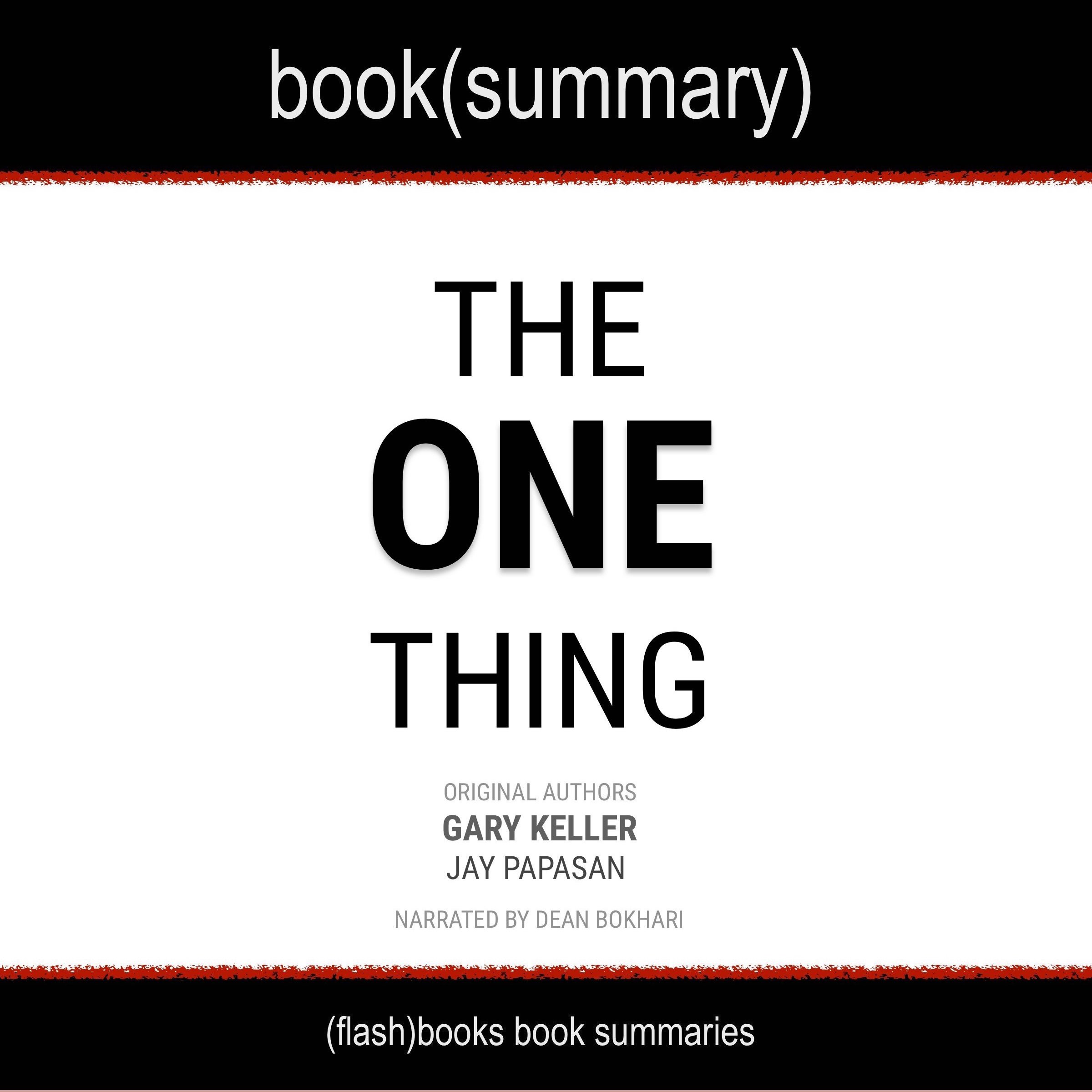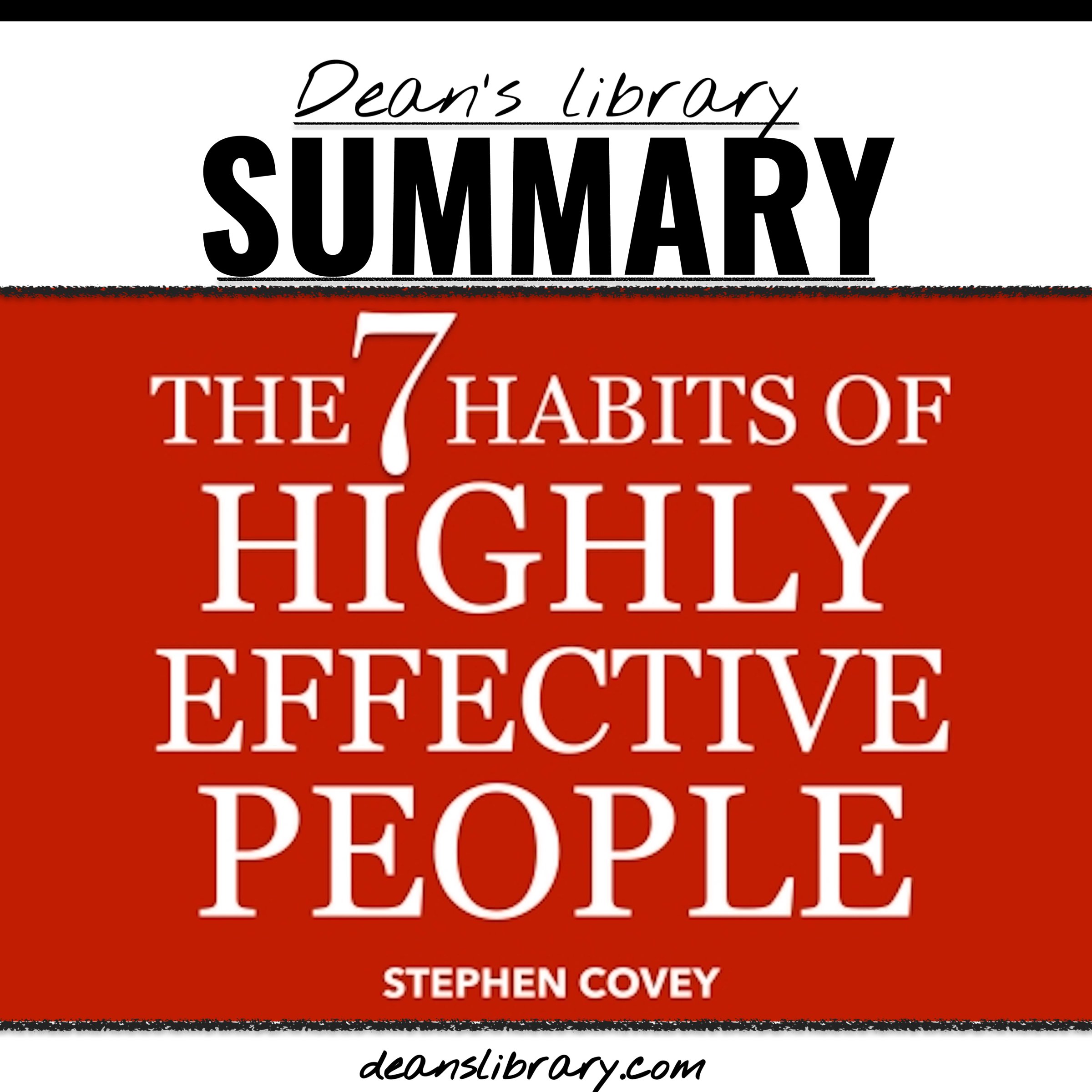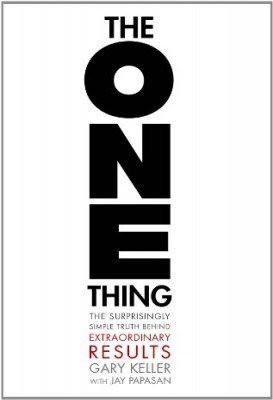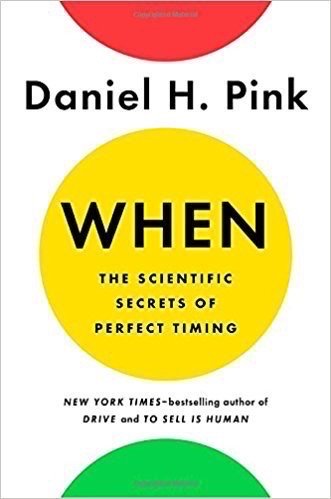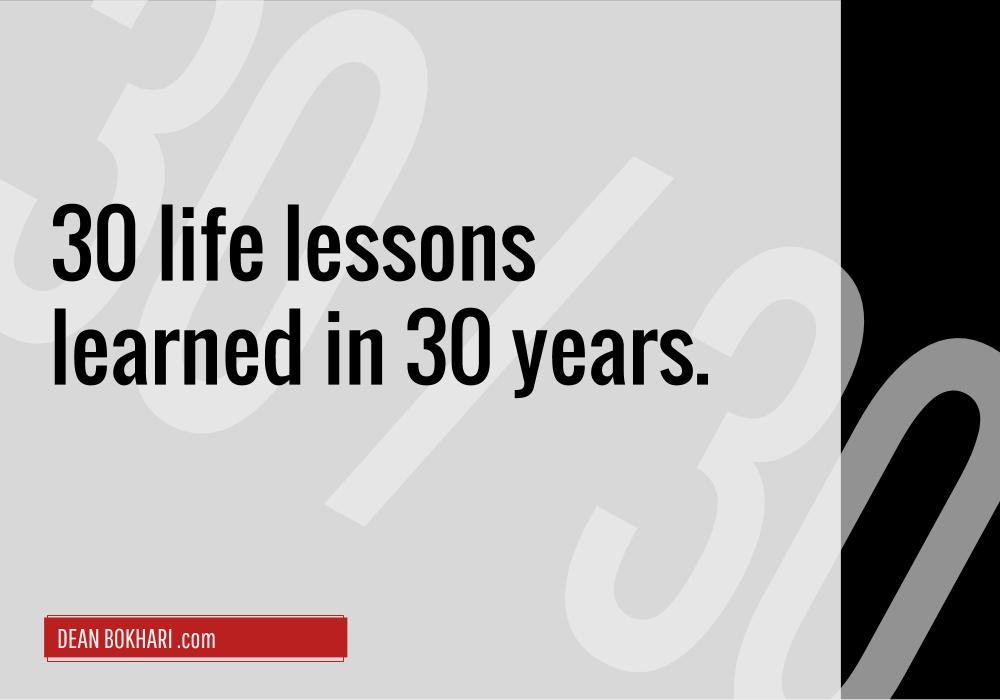Data Is Gold: What Can Business Owners Do With All That Data?
Collaborative Post
In today’s digital economy, data
has become the new currency. Businesses, regardless of size or industry,
generate vast amounts of data every day. From customer interactions and
purchasing patterns to website traffic and social media engagements, the sheer
volume of information available can be overwhelming. Yet, it’s not the data
itself that holds value—it’s how a business can analyze, interpret, and
leverage this data to gain insights, drive decisions, and ultimately fuel
growth.

For business owners, this means that data is not just a byproduct of operations—it is a goldmine waiting to be explored. However, turning raw data into actionable insights is no easy task. It requires strategy, investment, and the right tools. This article explores how business owners can effectively utilize data to achieve business success and remain competitive in the ever-evolving market.
1. Understanding Customer Behavior
The most obvious use of
data is understanding customer behavior. Every time a customer interacts with a
business, they leave behind digital footprints, whether through online
purchases, inquiries, or even social media likes and shares. By analyzing this data,
business owners can gain a deeper understanding of their customers'
preferences, needs, and behaviors.
For example, e-commerce platforms often use data analytics to recommend products based on previous purchases or browsing history. Similarly, physical stores can use loyalty card data to determine which products are popular among different customer segments, enabling them to make better decisions about inventory and marketing strategies.
2. Optimizing Operations
Data doesn’t just inform
customer-facing decisions. It can also be used to optimize internal operations,
saving time and resources while increasing
efficiency. For
instance, analyzing sales data can help business owners identify peak hours,
allowing them to allocate staff more effectively. Manufacturing companies can
use data to monitor equipment performance and predict when maintenance is
required, reducing downtime.
Set Financial Goals
Once you know where you stand with your finances, you need to set yourself up to be clear and realistic. When you have goals, you have something to work towards, which gives you the motivation that you need to stay on track with your finances. You should include short-term, medium-, and long-term goals. A short-term goal would be something that you want to achieve within the next year, such as building an emergency fund or sticking to your budget. A long-term goal would be something like saving for retirement, which is going to take you a long time to achieve. You need to be very detailed about each goal. For example, you need to say I am going to save x amount for an emergency fund within this year.
3. Making Data-Driven Decisions
Moreover, supply chain management can benefit significantly from data-driven insights. Businesses can use real-time data to track inventory levels, shipping times, and supplier reliability, ensuring they maintain optimal stock levels and avoid costly delays.
In fact, predictive analytics—a data-driven approach that uses historical data to forecast future outcomes—has become a powerful tool for businesses looking to enhance operational efficiency. By predicting demand, companies can make proactive decisions, reducing waste and improving overall performance.
The days of relying solely on gut instinct to make business decisions are long gone. Today, business owners can use data to make more informed, evidence-based decisions. Whether it’s launching a new product, entering a new market, or investing in new technology, having access to data can minimize risks and increase the likelihood of success.
For example, before introducing a new product, a business can analyze consumer data to assess demand. What are customers searching for online? What are the trending keywords on social media? What are competitors offering, and how are customers reacting? By answering these questions with data, business owners can make strategic decisions with a higher probability of favorable outcomes.
The same applies to financial decisions. Businesses can use financial data to assess cash flow, identify cost-saving opportunities, and even negotiate better deals with suppliers by presenting data that justifies their position.
4. Enhancing Customer Service
One often-overlooked area
where data can be incredibly valuable is customer service. By analyzing data
from customer interactions—such as support tickets, chat logs, or call center
data—businesses can identify common pain points and proactively address them.
For example, if a company notices that a large percentage of customer service inquiries relate to the same issue, they can focus on fixing the root cause rather than simply responding to individual complaints. Additionally, analyzing the data can help in identifying the most effective communication channels and response times, ensuring that the customer service experience is as smooth and efficient as possible.
5. Data Cleansing Process
One challenge business owners face is ensuring that the data they collect is accurate and useful. This is where the data cleansing process comes in. Data cleansing involves removing inaccuracies, duplicates, and irrelevant information from the dataset, ensuring that businesses make decisions based on high-quality data.
Without proper data cleansing, businesses risk making flawed decisions based on incorrect or incomplete information. Clean data enables accurate analysis, leading to better insights and more effective decision-making. It's a crucial step that should not be overlooked in any data strategy.
In Conclusion
Data truly is the new gold in today’s business landscape. Business owners who can harness the power of data effectively are poised to gain a competitive edge. From understanding customer behavior and optimizing operations, the potential applications are vast. By focusing on high-quality, actionable data, business owners can uncover new opportunities, drive growth, and stay ahead in an increasingly data-driven world.
—End of collaborative post—
✨ New Series: How to Become an Early Riser
- Discover key methods to make early rising a habit
- How to wake up early + energized every morning
- Morning routines for health + success
Free self-development courses
👇
Tap on any of the courses below to start learning how to:
- boost your productivity (withGTD),
- get focused (with Deep Work),
- design a successful + fulfilling life (with The 7 Habits course),
- or learn the art of influencing others (with the How to Win Friends & Influence People course.)
All for free.
👇
Free life guides
👇
Best-selling Self-development courses by Dean Bokhari
Kill procrastination.
|
Get stuff done.
|
Get motivated.
|
Connect with anyone.
|
freshly pressed:
Top Audiobooks narrated by Dean Bokhari on audible
Book summaries
- The Power of Habit by Charles Duhigg
- 12 Rules for Life by Jordan B. Peterson
- Presence by Amy Cuddy
- Leaders Eat Last by Simon Sinek
- The ONE Thing by Gary Keller, Jay Pasan
- Deep Work by Cal Newport
Read or Listen to top Self-Help + Business Book Summaries in 20 Minutes or Less.
or




